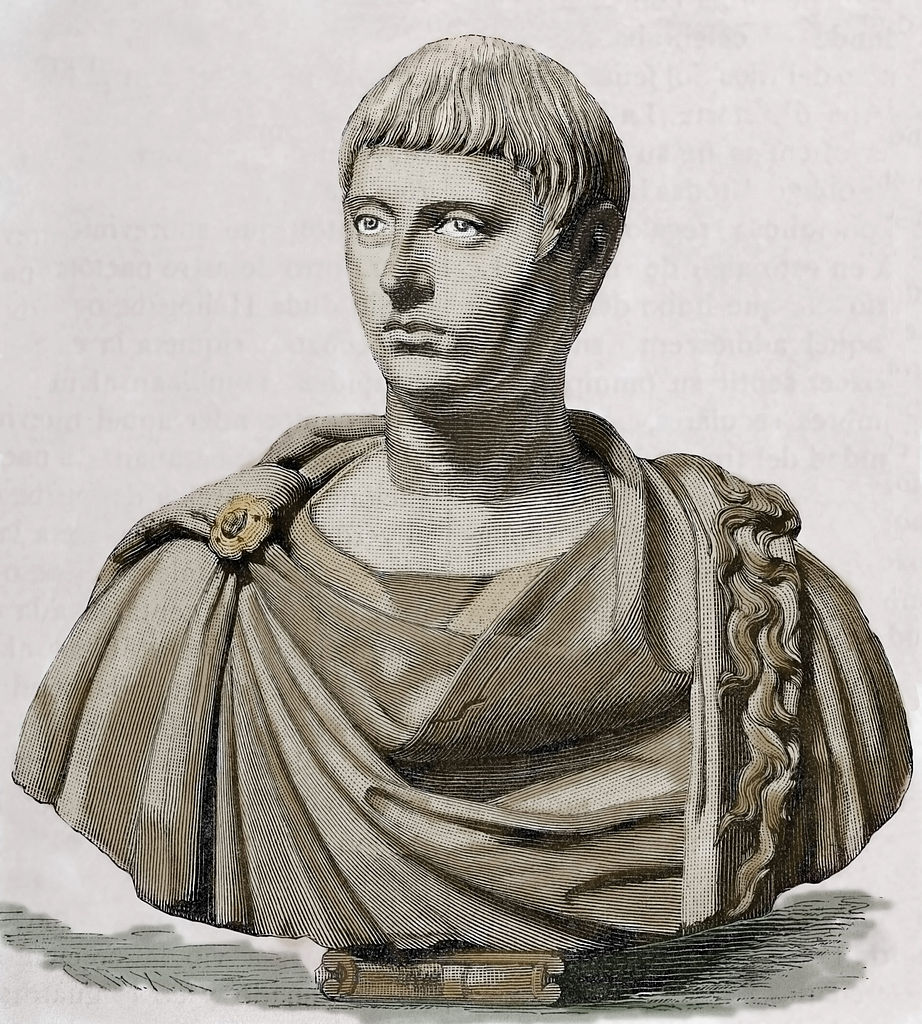Third-century C.E. Roman Emperor Elagabalus was transgender, says the North Hertfordshire Museum in the U.K., which will be referring to the ruler with she/her pronouns.
The change is in keeping with museum policy that states that pronouns used in its displays will be those “the individual in question might have used themselves” or whatever pronoun is “in retrospect, appropriate,” according to a report in the Telegraph.
The museum owns a coin minted in the reign of Elagabalus, who ruled Rome from 218 to 222 C.E. when the emperor was assassinated at age 18. It has been used in LGBTQ-themed displays. According to the museum, it consults with Stonewall, an LGBTQ+ charity, and trade union Unison’s LGBT wing for best display practices.
“Elagabalus most definitely preferred the she pronoun, and as such this is something we reflect when discussing her in contemporary times,” Keith Hoskins, Liberal Democrat councillor and executive member for arts at the Liberal Democrat and Labour coalition-run North Herts Council, told the Telegraph.
“We try to be sensitive to identifying pronouns for people in the past, as we are for people in the present,” he said. “It is only polite and respectful. We know that Elagabalus identified as a woman and was explicit about which pronouns to use, which shows that pronouns are not a new thing.”
Cassius Dio, who chronicled the history of Rome, wrote that Elagabalus was “termed wife, mistress, and queen,” telling one lover, “Call me not Lord, for I am a Lady.” Elagabalus even reportedly asked to have female genitalia fashioned for her.
There is some disagreement among historians about the meaning of the classical texts in which Elagabalus asks to be called “lady,” however, according to the Telegraph, with some deeming it an attempt at character assassination. Dio served the reign of emperor Severus Alexander, who succeeded Elagabalus, and used such behaviour as justification for the assassination.
“The Romans didn’t have our idea of ‘trans’ as a category,” Andrew Wallace-Hadrill, a Cambridge classics professor, told the Telegraph, adding that “they used accusations of sexual behaviour ‘as a woman’ as one of the worst insults against men.” Wallace-Hadrill also indicates that racism may have played a part, since Elagabalus was Syrian and not Roman.













